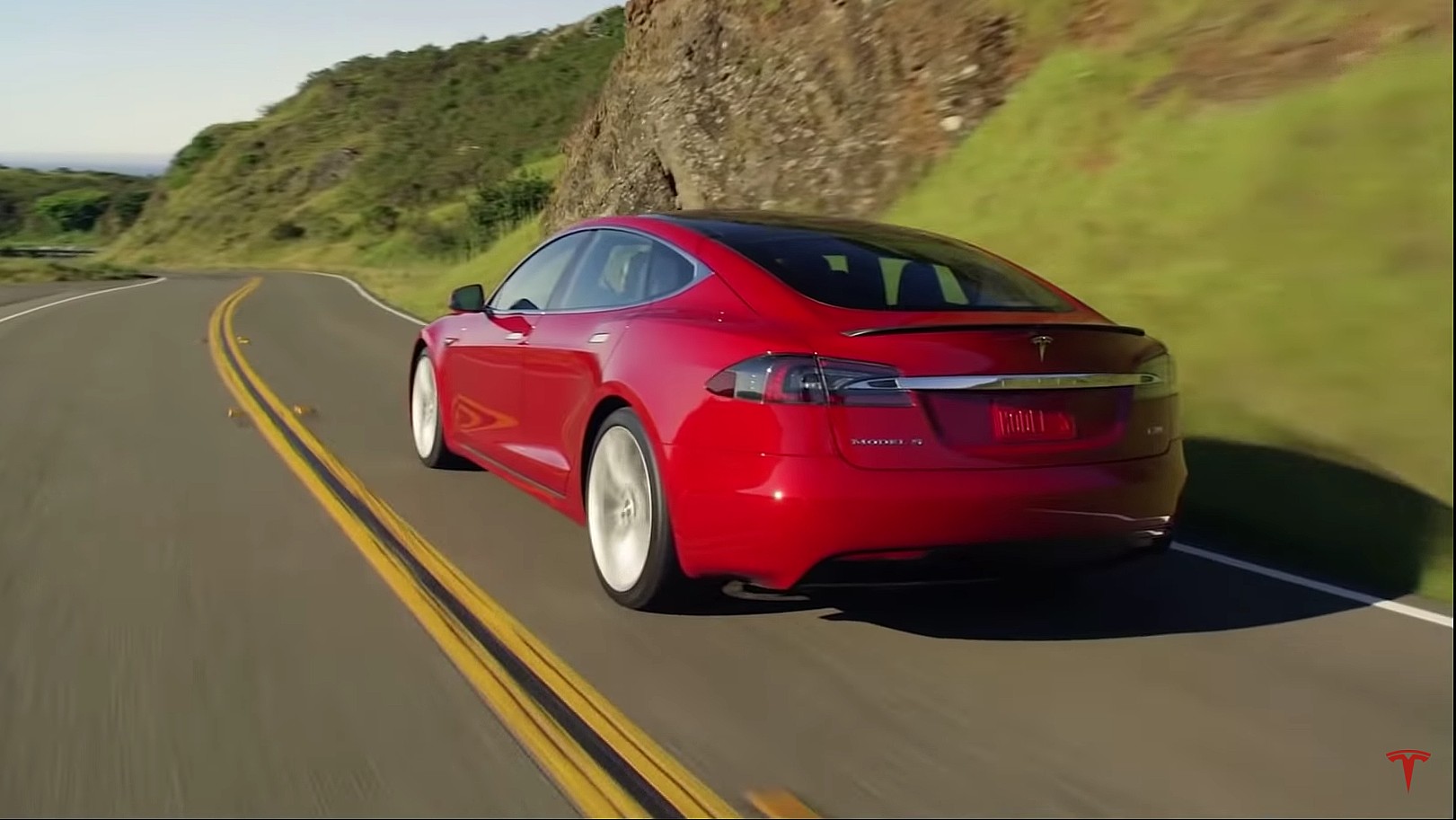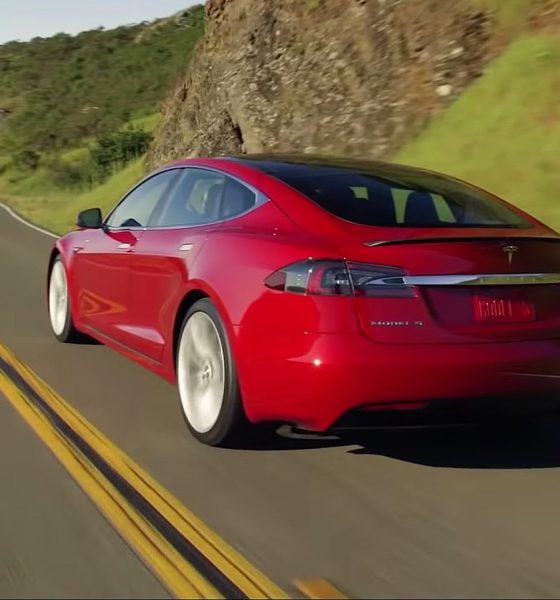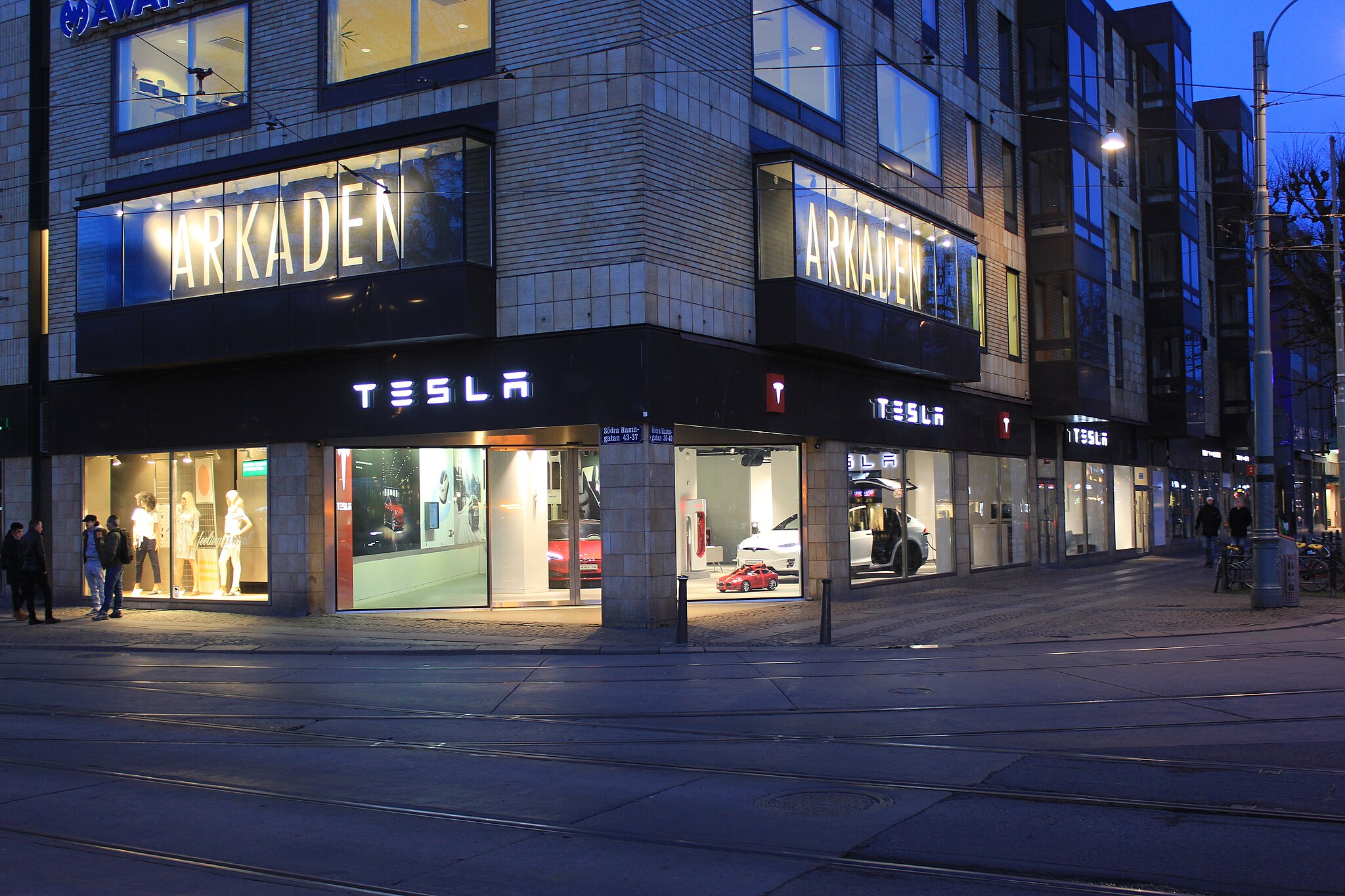

News
Fossil fuel dependence will increase until 2030s due to SUV demand: Energy Agency
A recent report from the International Energy Agency (IEA) suggests the dependence on energy sources derived from crude oil will continue to increase until the 2030s and emissions contributing to global climate change could also rise until 2040. The IEA cites the increasing demand for sport utility vehicles (SUVs) as the main contributor to vehicle-based emissions.
The United States, China, and Europe have displayed a growing hunger for SUVs, and it is directly contributing to the environmental issues according to the IEA’s annual long-term forecast report, the AP says. The IEA suggested governments in these areas need to display “strong leadership” to reduce carbon emissions from SUVs in an attempt to save the environment.
Perhaps the most frightening part of the IEA report was the idea that the growing demand for SUVs could completely eliminate any environmental benefits from the increasing popularity of electric cars. As the industry for battery-operated vehicles continues to grow across the world, the IEA feels the current investment in renewable energy is “insufficient,” as the estimated global demand of barrels of oil per day until 2040 is expected to increase from 96.9 million in 2018, to 106.4 million in 2040.
IEA director Fatih Birol stated SUVs “were the second biggest cause of the increase in emissions in the last 10 years, behind the energy sector and more than all industrial sectors combined,” during an interview in Paris, France. According to industry reports, SUVs and pickup trucks made up about two-thirds of vehicle sales in the U.S., and one-third in Europe, but 42% of all vehicle sales worldwide in 2018 were SUVs.
Electric vehicle companies like Tesla have made significant strides in the fight against emissions from petrol-based vehicles. With Tesla’s Model X, along with the imminent release of the Model Y crossover, the company will now be able to offer those interested in purchasing an SUV two different vehicles that offer maximum cargo space in an energy-efficient manner.
Fellow all-electric car maker Rivian will also begin producing its energy-efficient R1T truck and R1S SUV in late-2020 and early-2021. Electric vehicles produced by these two companies will rival their gas-powered counterparts, allowing for record amounts of towing capacity, range, and off-roading capabilities. Big oil has stated its discontent with electric vehicles in the past, stating they are not the solution to the world’s environmental issues.
The IEA also recognizes the growing demand for plastic and air travel as two other factors directly contributing to the report’s main point of the growing oil demand. “The world urgently needs to put a laser-like focus on bringing down global emissions. This calls for a grand coalition encompassing governments, investors, companies and everyone else who is committed to tackling climate change,” Birol said.
The importance of identifying and eliminating the issue of carbon emissions is extremely important to the future of the climate. Elon Musk’s mission behind creating a vehicle that emits no carbon emissions has been the main goal since Tesla was created in 2004. “We’re running the most dangerous experiment in history right now, which is to see how much carbon dioxide the atmosphere can handle before there is an environmental catastrophe,” Musk said in 2013. The ever-growing environmental movement has been highlighted by increasingly prevalent activism from people like Greta Thunberg. However, it will take more than environmental activists to implement change.

News
Tesla gets a win in Sweden as union withdraws potentially “illegal” blockade
As per recent reports, the Vision union’s planned anti-Tesla action might have been illegal.

Swedish union Vision has withdrawn its sympathy blockade against Tesla’s planned service center and showroom in Kalmar. As per recent reports, the Vision union’s planned anti-Tesla action might have been illegal.
Vision’s decision to pull the blockade
Vision announced the blockade in early December, stating that it was targeting the administrative handling of Tesla’s facility permits in Kalmar municipality. The sympathy measure was expected to start Monday, but was formally withdrawn via documents sent to the Mediation Institute and Kalmar Municipality last week.
As noted in a Daggers Arbete report, plans for the strike were ultimately pulled after employer group SKR highlighted potential illegality under the Public Employment Act. Vision stressed its continued backing for the Swedish labor model, though Deputy negotiation manager Oskar Pettersson explained that the Vision union and IF Metall made the decision to cancel the planned strike together.
“We will not continue to challenge the regulations,” Petterson said. “The objection was of a technical nature. We made the assessment together with IF Metall that we were not in a position to challenge the legal assessment of whether we could take this particular action against Tesla. Therefore, we chose to revoke the notice itself.”
The SKR’s warning
Petterson also stated that SKR’s technical objection to the Vision union’s planned anti-Tesla strike framed the protest as an unauthorized act. “It was a legal assessment of the situation. Both for us and for IF Metall, it is important to be clear that we stand for the Swedish model. But we should not continue to challenge the regulations and risk getting judgments that lead nowhere in the application of the regulations,” he said.
Vision ultimately canceled its planned blockade against Tesla on December 9. With Vision’s withdrawal, few obstacles remain for Tesla’s long-planned Kalmar site. A foreign electrical firm completed work this fall, and Tesla’s Careers page currently lists a full-time service manager position based there, signaling an imminent opening.
News
Tesla Semi program Director teases major improvements

Tesla Semi Program Director Dan Priestly teased the major improvements to the all-electric Class 8 truck on Thursday night, following the company’s decision to overhaul the design earlier this year.
Priestley said he drove the Semi on Thursday, and the improvements appear to be welcomed by one of the minds behind the project. “Our customers are going to love it,” he concluded.
Just drove the redesigned Semi. Our customers are going to love it. https://t.co/KZ88sf1CDL
— Dan Priestley (@danWpriestley) December 19, 2025
The small detail does not seem like much, but it is coming from someone who has been involved in the development of the truck from A to Z. Priestley has been involved in the Semi program since November 2015 and has slowly worked his way through the ranks, and currently stands as the Director of the program.
Tesla Semi undergoes major redesign as dedicated factory preps for deliveries
Tesla made some major changes to the Semi design as it announced at the 2025 Annual Shareholder Meeting that it changed the look and design to welcome improvements in efficiency.
Initially, Tesla adopted the blade-like light bar for the Semi, similar to the one that is present on the Model Y Premium and the Cybertruck.
Additionally, there are some slight aesthetic changes to help with efficiency, including a redesigned bumper with improved aero channels, a smaller wraparound windshield, and a smoother roofline for better aero performance.
All of these changes came as the company’s Semi Factory, which is located on Gigafactory Nevada’s property, was finishing up construction in preparation for initial production phases, as Tesla is planning to ramp up manufacturing next year. CEO Elon Musk has said the Semi has attracted “ridiculous demand.”
The Semi has already gathered many large companies that have signed up to buy units, including Frito-Lay and PepsiCo., which have been helping Tesla test the vehicle in a pilot program to test range, efficiency, and other important metrics that will be a major selling point.
Tesla will be the Semi’s first user, though, and the truck will help solve some of the company’s logistics needs in the coming years.
News
Tesla dominates in the UK with Model Y and Model 3 leading the way

Tesla is dominating in the United Kingdom so far through 2025, and with about two weeks left in the year, the Model Y and Model 3 are leading the way.
The Model Y and Model 3 are the two best-selling electric vehicles in the United Kingdom, which is comprised of England, Scotland, Wales, and Northern Ireland, and it’s not particularly close.
According to data gathered by EU-EVs, the Model Y is sitting at 18,890 units for the year, while the Model 3 is slightly behind with 16,361 sales for the year so far.
The next best-selling EV is the Audi Q4 e-tron at 10,287 units, lagging significantly behind but ahead of other models like the BMW i4 and the Audi Q6 e-tron.
GOOD NEWS 🇬🇧 Tesla is absolutely crushing the UK electric vehicle market in 2025 💥
The numbers are in, and the dominance is clear. With an impressive amount of 42,270 vehicles delivered year-to-date, the brand now commands a solid 9.6% market share of the total auto market 🆒… pic.twitter.com/dkiGX9kzd0
— Ming (@tslaming) December 18, 2025
The Model Y has tasted significant success in the global market, but it has dominated in large markets like Europe and the United States.
For years, it’s been a car that has fit the bill of exactly what consumers need: a perfect combination of luxury, space, and sustainability.
Both vehicles are going to see decreases in sales compared to 2024; the Model Y was the best-selling car last year, but it sold 32,610 units in the UK. Meanwhile, the Model 3 had reached 17,272 units, which will keep it right on par with last year.
Tesla sold 50,090 units in the market last year, and it’s about 8,000 units shy of last year’s pace. It also had a stronger market share last year with 13.2 percent of the sales in the market. With two weeks left in 2025, Tesla has a 9.6 percent market share, leading Volkswagen with 8 percent.
The company likely felt some impact from CEO Elon Musk’s involvement with the Trump administration and, more specifically, his role with DOGE. However, it is worth mentioning that some months saw stronger consumer demand than others. For example, sales were up over 20 percent in February. A 14 percent increase followed this in June.








